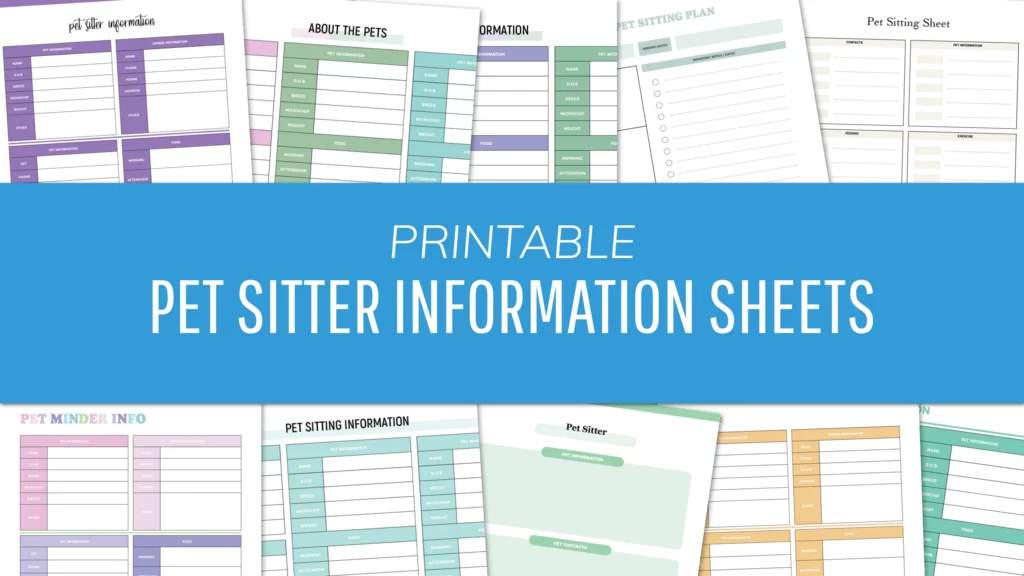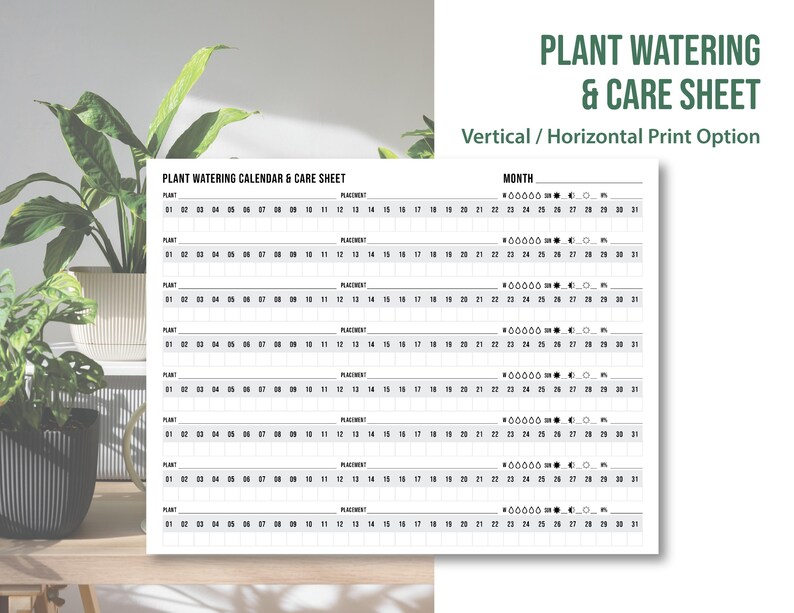“Okay, here is a comprehensive article about plant watering schedules, aiming for approximately 1600 words.
- Outdoor Plants
- Plant Growing Guide
- How to Source Bulk Tropical Houseplants
- How To Grow Plants
- Types Of Plants
Table of Content
- 1 The Art and Science of Plant Watering Schedules: Nurturing Your Green Companions
- 1.1 Why Water Matters: The Lifeblood of Your Plants
- 1.2 The Myth of the "Strict Schedule": Why Observation Trumps Routine
- 1.3 Factors Influencing Watering Schedules
- 1.3.1 1. Plant Type and Species
- 1.3.2 2. Potting Mix Composition
- 1.3.3 3. Pot Material
- 1.3.4 4. Pot Size
- 1.3.5 5. Environmental Factors
- 1.3.6 6. Season and Growth Stage
- 1.4 How to Determine When to Water: The "Feel" Test and Other Cues
- 1.4.7 1. The Finger Test (The Golden Rule)
- 1.4.8 2. The Weight Test
- 1.4.9 3. Moisture Meters
- 1.4.10 4. Visual Cues from the Plant
- 1.5 The Art of Proper Watering Techniques
- 1.5.11 1. Water Thoroughly Until Drainage
- 1.5.12 2. Bottom Watering
Okay, here is a comprehensive article about plant watering schedules, aiming for approximately 1600 words.

The Art and Science of Plant Watering Schedules: Nurturing Your Green Companions
For any plant enthusiast, from the novice green thumb to the seasoned botanist, understanding the delicate balance of plant watering is paramount. It’s not just about pouring water into a pot; it’s an intricate dance between the plant’s needs, its environment, and the properties of its growing medium. Establishing an effective plant watering schedule is less about rigid timing and more about astute observation and responsive care. This comprehensive guide will delve deep into the science, art, and practicalities of watering your plants, helping you cultivate thriving green companions.
Why Water Matters: The Lifeblood of Your Plants
Water is arguably the most critical element for plant survival after light. It plays several indispensable roles:
- Photosynthesis: Water is a key ingredient in photosynthesis, the process by which plants convert light energy into chemical energy (sugars) for growth.
- Nutrient Transport: Water acts as a solvent, dissolving nutrients from the soil and transporting them through the plant’s vascular system (xylem) to every cell. Without water, nutrient uptake ceases.
- Turgor Pressure: Water fills the plant cells, creating turgor pressure that keeps the plant rigid and upright. When a plant lacks water, turgor pressure drops, leading to wilting.
- Temperature Regulation: Plants release water vapor through transpiration, a process that helps cool the plant, similar to how humans sweat.

Understanding these fundamental roles highlights why proper watering is non-negotiable for plant health.
The Myth of the "Strict Schedule": Why Observation Trumps Routine
One of the biggest misconceptions about plant care is that you can set a rigid watering schedule – "every Wednesday" or "twice a week." This approach often leads to disaster. Plant watering needs are dynamic, constantly influenced by a myriad of factors. A plant that needed water last Monday might not need it this Monday, or it might need it sooner.
Instead of a fixed schedule, think of watering as a responsive process based on observation. Your goal is to water when the plant needs it, not just when your calendar dictates.

Factors Influencing Watering Schedules
To truly master the art of watering, you must understand the variables that dictate how quickly a plant uses water and how long its soil retains moisture.
1. Plant Type and Species
Different plants have evolved in diverse climates, leading to vastly different water requirements:
- Succulents & Cacti: Native to arid regions, these plants store water in their leaves, stems, or roots. They thrive on infrequent, thorough watering, allowing the soil to dry out completely between waterings. Overwatering is their quickest demise.
- Tropical Foliage Plants (e.g., Pothos, Monstera, Philodendron): Hailing from humid rainforests, these plants prefer consistently moist (but never soggy) soil. They can tolerate drying out slightly but will quickly show stress if left dry for too long.
- Ferns & Calatheas: These moisture-loving plants require consistently damp soil and high humidity. They are highly sensitive to drying out and will quickly develop crispy leaves.
- Flowering Plants: Often have higher water demands, especially when in bloom, as flower production requires significant energy and water.
- Herbs (e.g., Basil, Mint): Generally thirsty plants that prefer consistently moist soil.

2. Potting Mix Composition
The type of soil you use dramatically affects drainage and water retention:
- Peat-based or Coco Coir Mixes: These are common and retain a lot of moisture. They can become compacted over time, reducing aeration.
- Gritty/Well-Draining Mixes: Often contain perlite, pumice, sand, or bark. Essential for succulents and cacti, these mixes allow water to pass through quickly, preventing root rot.
- Heavy/Clay-based Mixes: Retain a lot of water and can become waterlogged easily, leading to poor aeration and root rot.
- Aerated Mixes: Incorporate components like perlite, bark, or charcoal to improve airflow and drainage, even if they retain moisture.
A good potting mix should drain well while still holding enough moisture to nourish the plant.
3. Pot Material
The material of your pot influences how quickly the soil dries out:
- Terracotta/Unglazed Ceramic: Porous materials that allow water to evaporate through their walls, leading to faster drying times. Excellent for plants prone to overwatering (e.g., succulents, Fiddle Leaf Figs).
- Plastic/Glazed Ceramic/Metal: Non-porous materials that retain moisture longer as water can only evaporate from the soil surface. Good for moisture-loving plants or if you tend to underwater.
4. Pot Size
- Smaller Pots: Contain less soil, which dries out much faster. Smaller plants in small pots will need more frequent watering.
- Larger Pots: Hold more soil and moisture, drying out more slowly. Be cautious not to overwater a small plant in an oversized pot, as the excess soil will retain too much moisture around the roots.
5. Environmental Factors
The immediate environment around your plant plays a huge role:
- Light Intensity: Plants in brighter light photosynthesize more, transpire more, and thus use more water. Plants in low light will need significantly less water.
- Temperature: Warmer temperatures increase evaporation from the soil and transpiration from the leaves, leading to higher water demand. Cooler temperatures slow down plant metabolism and water usage.
- Humidity: In high humidity, less water evaporates from the leaves (transpiration), so plants use less water. In low humidity, plants transpire more, needing more frequent watering.
- Airflow/Circulation: Good air circulation can increase evaporation from the soil surface, leading to faster drying. Stagnant air can slow drying, increasing the risk of overwatering.
6. Season and Growth Stage
- Growing Season (Spring/Summer): Most plants are actively growing, producing new leaves, stems, and flowers. Their metabolic rate is high, and they require more frequent watering and nutrients.
- Dormancy (Autumn/Winter): Many plants enter a period of reduced growth or dormancy due to shorter days and lower light/temperatures. Their water needs significantly decrease, and overwatering during this period is a common cause of rot.
- New Plants/Transplants: Plants that have just been repotted or brought home are often under stress and may have temporarily reduced water needs until they acclimate.
How to Determine When to Water: The "Feel" Test and Other Cues
This is the most crucial skill to develop. Forget the calendar; learn to listen to your plant and its soil.
1. The Finger Test (The Golden Rule)
This is the most reliable method:
- Insert your finger about 1-2 inches (2.5-5 cm) deep into the soil. For larger pots, go deeper.
- If the soil feels moist: Wait. Check again in a day or two.
- If the soil feels dry: It’s likely time to water.
The depth you check depends on the plant:
- Succulents/Cacti: Let the soil dry out completely to the bottom of the pot before watering.
- Most Tropicals: Water when the top 1-2 inches are dry.
- Moisture-Loving Plants (Ferns, Calatheas): Water when the very top layer starts to feel slightly dry, keeping the rest consistently moist.
2. The Weight Test
- Lift the pot when it’s dry and note its weight.
- Lift it again immediately after watering and note its heavier weight.
- Over time, you’ll learn to gauge the soil moisture by the pot’s weight. A light pot usually means dry soil.
3. Moisture Meters
- These probes measure the electrical conductivity of the soil to estimate moisture levels.
- Pros: Quick and easy, can reach deeper into the pot.
- Cons: Can be inaccurate due to salt buildup, not always reliable for very gritty mixes, and don’t tell you about aeration. Use them as a guide, but always double-check with the finger test.
4. Visual Cues from the Plant
While useful, these are often signs of stress, meaning you might be a little late:
-
Underwatering Signs:
- Wilting/Drooping Leaves: The most common sign. Leaves lose turgor pressure and become limp.
- Crispy/Brown Leaf Tips or Edges: Especially common in low humidity, but can also indicate severe underwatering.
- Yellowing Lower Leaves: Can be a sign of underwatering (though also overwatering – context matters!).
- Slowed Growth: A plant struggling for water won’t put energy into new growth.
- Potting Mix Pulling Away from Pot Edges: The soil shrinks when very dry.
-
Overwatering Signs (Often more insidious and dangerous):
- Yellowing Leaves (especially lower ones): Often accompanied by mushy stems.
- Drooping Leaves (but not crispy): Leaves feel heavy and soft, not crisp. This is because cells are waterlogged and roots are suffocating.
- Mushy/Soft Stems or Base: A clear sign of root rot.
- Foul Odor from Soil: Indicates anaerobic conditions and root decay.
- Fungus Gnats: Small flying insects attracted to constantly moist soil and decaying organic matter.
- Mold/Algae on Soil Surface: Another sign of persistently wet conditions.
- Stunted Growth: Roots are compromised, inhibiting nutrient uptake.
The Art of Proper Watering Techniques
Once you’ve determined it’s time to water, how you do it matters.
1. Water Thoroughly Until Drainage
- Top Watering: Pour water slowly and evenly over the entire soil surface until it drains freely from the drainage holes at the bottom of the pot. This ensures the entire root ball is saturated.
- Why it’s important: Shallow watering encourages shallow root growth, making the plant less resilient. Thorough watering encourages roots to grow deeper, seeking out moisture.
- Drainage: Always ensure your pot has drainage holes. If using a decorative cachepot, remove the plant from it, water, let it drain completely, then return it. Never let a plant sit in standing water.
2. Bottom Watering
- Method: Place the potted plant (with drainage holes) in a tray or basin filled with 1-2 inches of water. Let it sit for 20-30 minutes, or

